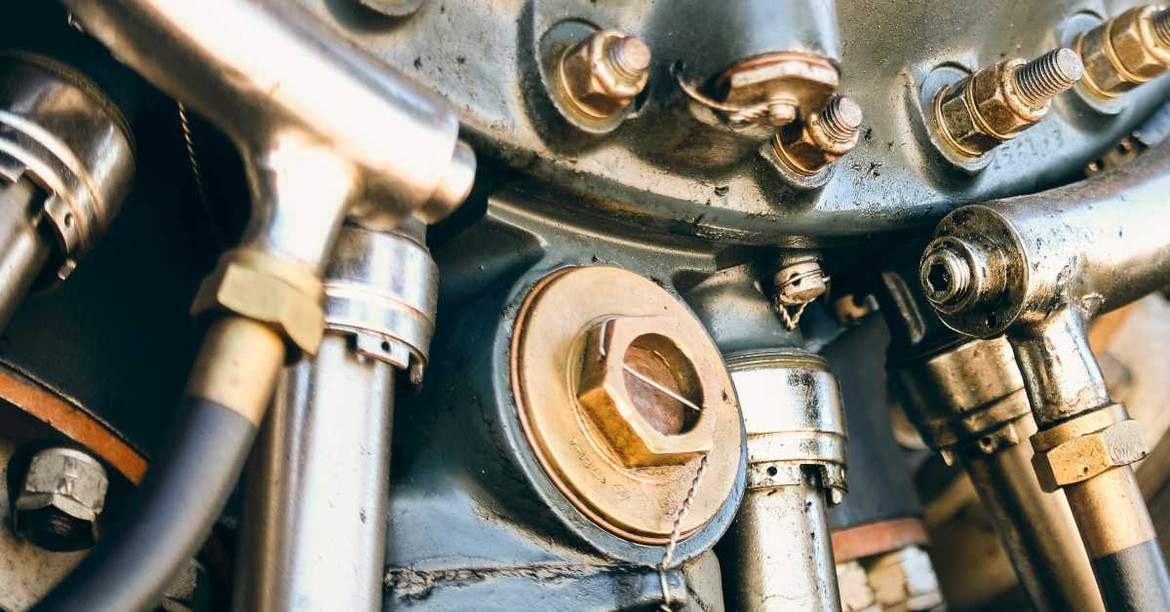
Learn how to efficiently keep your silicone hose working!
If you’ve used silicone hoses before, you know how well they really do replace rubber hoses — they’re supple, very chemical-resistant, anti-conductors, and can withstand a wide range of temperature extremes. The investment is worth the initial cost!
While they’re durable and long-lasting, there are a few things that can fail — mostly to user error or lack of maintenance — so let’s address these issues!
Flex Technologies wants you to have the best experience with our silicone hoses! Explore how to use them optimally in today’s post.
Lubrication Issues
While silicone hoses stay supple and don’t require ongoing lubrication themselves, if they’re attached to pumps or other seals, it’s vital to ensure that these parts stay lubricated. If you’re operating with materials at a high temperature and maintain proper lubrication, then friction occurs and can create more heat and hose failure.
Talk with our engineers to learn best practices in lubrication for your hoses and if a flush is right for your equipment.
![]()
Operator Error
We never want to admit it, but sometimes it’s us that make our hoses fail. Perhaps we don’t clean our hoses properly or we forget that we need a lined silicone hose for specific chemicals and the hose becomes damaged.
Improperly Sized Silicone Hoses
Whether you’re running liquids or dry materials through your silicone products, the wrong diameter can render your operation ineffective. Temperatures, velocity, and pressure all change throughout production, so it’s important to factor these variables in so your silicone hoses don’t clog, solidify, or get damaged in their operation.
Are you using the right diameter of silicone hose for your application? Get more information about how the perfect size will make a difference and even improve your productivity.
Vibration
Vibration is a normal part of production for most industries, but the lifespan of a silicone hose can be compromised if there is too much vibration. Heavy vibration can not only shake loose silicone hoses from their seals, clamps, or pumps, but it can also cause them to become tangled and warped over time.
Before you run materials through your silicone hose, ensure that you’re inspecting it weekly for worn or loose bearings, rotating components, misalignments, and excessive vibrations.
Physical And Chemical Degradation
While silicone hoses have a longevity unmatched to any other hose material, they still succumb to wear and tear over their lifespan. It’s important that you choose a silicone hose that’s compatible with your industry’s requirements — not all hoses are created equal. There are industries that require a fluorocarbon-lined silicone hose to handle specific liquids such as oil and fuel or the food and beverage industry that needs food-grade silicone.
If you’re looking to transition to silicone hosing but are unsure of what the best option is, talk with the Flex Technologies’ engineers who can help you find the best fit.
Discover The Best Hoses For Your Application
Silicone hoses are used across a wide range of industries including automotive and agriculture to pharmaceuticals and biotech. Let Flex Technologies help you find the best silicone hose for your industry to update and transform how your day-to-day operations run.
Connect with Flex Technologies today!
 Default Currency
Default Currency
 Mexican Pesos
Mexican Pesos
 Canadian Dollar
Canadian Dollar



